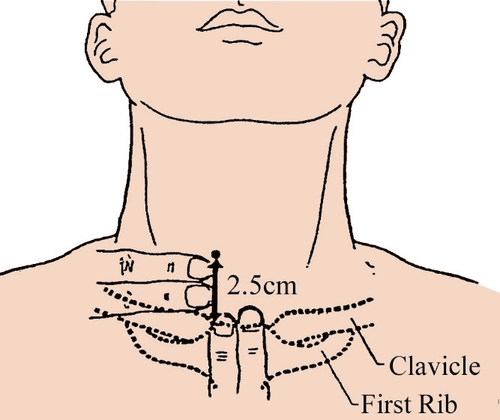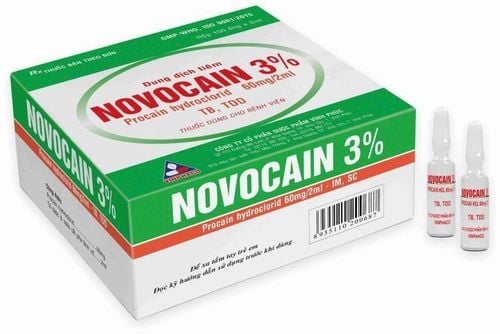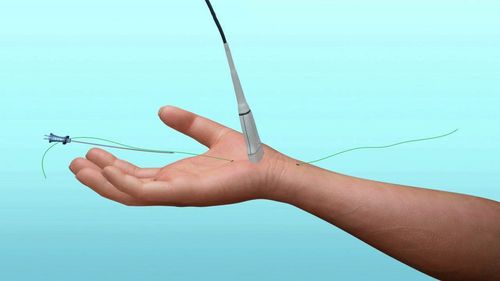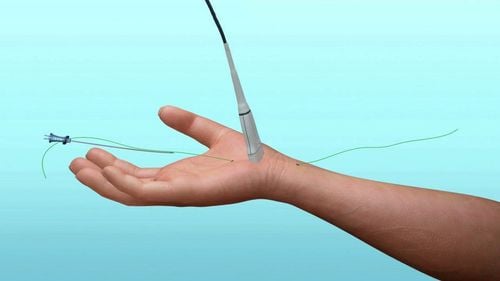This is an automatically translated article.
The article was professionally approved by Doctor Nguyen Xuan Tinh - Anesthesiologist - Resuscitation at the Department of General Surgery - Vinmec Phu Quoc International General HospitalNerve blockade is an effective pain control and treatment technique widely used in medical facilities to help bring the highest pain relief to patients. Among nerve block techniques, astricular ganglia blockade is often used for differential diagnosis and is a good treatment technique for pain in the upper extremity sympathetic mediastinum.
1. What is star ganglion block?
Star ganglion block is a method of sympathetic nerve blockade performed to detect sympathetic chain lesions in the head, neck, chest, or arms or to find the source of pain in this area. Thanks to this technique, doctors can diagnose and treat pain caused by sympathomimetic causes including: headache, facial pain, neck pain, reflex sympathetic dystrophy, acute herpes zoster or phantom limb pain. Although used primarily as a diagnostic method of blockade, stellate ganglion blockade may have a longer duration of action than anesthetic agents.
MORE: Indication of nerve block
2. Steps to perform star ganglion block
The stellate ganglion block technique is performed according to the following steps:
Position: the patient lies supine with the pillow under the shoulder so that the neck is straightened Position the transverse node of the C6 cervical vertebra between the laryngeal cartilaginous ring and the artery scene Patient is prepared in a standard sterile fashion Use a 4cm, 22 gauge needle to pierce straight until it touches the transverse process C6 then move the needle back a short distance, try to aspirate the syringe if no blood can be tested inject about 1ml of local anesthetic If the test dose does not cause an abnormal response, then aspirate again, if there is no blood, administer 9ml of local anesthetic in divided doses with monitoring monitor to block lymph nodes Indicators, Vital signs, temperature of the patient before, during and after the procedure need to be comprehensively and carefully monitored, it is best to monitor with a monitor. Continue to monitor the patient for consciousness or adverse events.
Blockade of the stellate ganglion is successful when there is an increase in temperature on the block side and signs of Horner's syndrome (mydriasis, ptosis, dryness, and sunken eyes), sometimes with congestion nose and hoarseness.

3. Complications of stellate ganglion block
Patients who are injected with anesthetic into the arteries and the dura can experience unwanted complications such as flooding, respiratory arrest, cardiac arrest, brain damage or even death. The risk of intravascular injection can be reduced by using a test dose and divided total dose with a blood test used before each injection.
Do not perform the technique without adequate means of control due to possible complications to the carotid artery, jugular vein, X nerve, basilar vertebral artery, trachea, esophagus , lungs, and dura.
Star ganglion block is a method of sympathetic nerve block that is performed to identify sympathetic chain lesions in the head, neck, chest, or arms or to find the source of pain. However, not all patients can use this procedure, so the choice of method should be agreed upon by a specialist.
Please dial HOTLINE for more information or register for an appointment HERE. Download MyVinmec app to make appointments faster and to manage your bookings easily.














